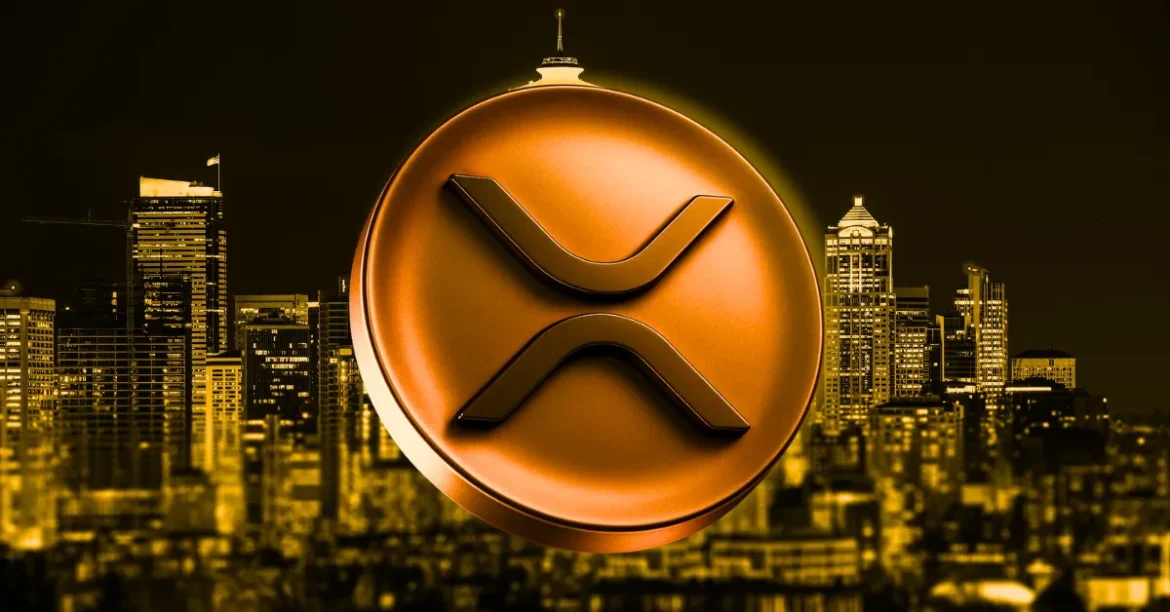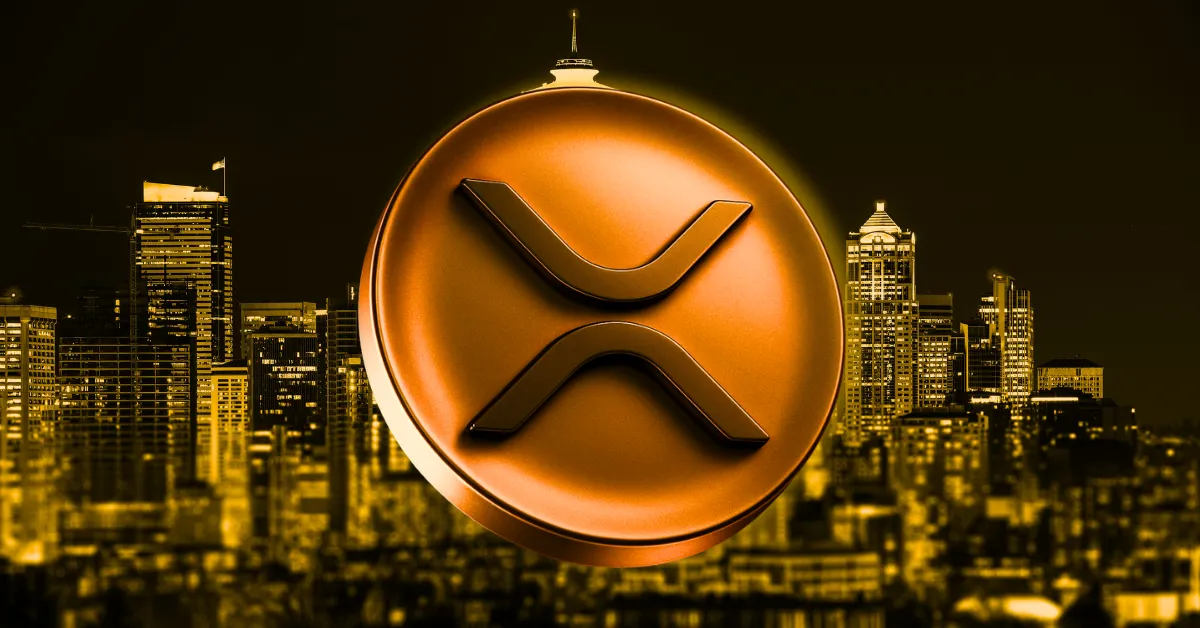Unraveling Ripple’s XRP Escrow Strategy: A Comprehensive Analysis
The Intricacies of XRP Escrow Mechanics
Ripple’s escrow system represents a sophisticated financial instrument designed to regulate the flow of XRP into the market. This mechanism operates through smart contracts, which automatically release predetermined amounts of XRP at scheduled intervals. Typically, Ripple unlocks 1 billion XRP at the beginning of each month. However, a significant portion—approximately 700 million XRP—is promptly re-locked into escrow. This cyclical process serves multiple strategic purposes.
The escrow system’s primary function is to manage the supply of XRP meticulously. By controlling the release of tokens, Ripple prevents sudden surges in supply that could exert downward pressure on the price. This controlled release strategy helps mitigate inflationary concerns, fostering a more stable market environment. Additionally, the transparency of the escrow mechanism builds investor confidence, as it demonstrates Ripple’s commitment to responsible token management.
The Strategic Significance of the 700 Million XRP Lock-Up
The recurring lock-up of 700 million XRP is a critical component of Ripple’s broader strategy. This practice allows Ripple to maintain a delicate balance between supply and demand. By unlocking a larger amount and then re-locking a substantial portion, Ripple retains the flexibility to adjust the circulating supply based on market conditions.
This approach enables Ripple to adapt to various market dynamics, such as fluctuations in demand, trading volume, and overall market sentiment. The released XRP can be strategically allocated to support the growth of the XRP ecosystem, fund operational expenses, and invest in innovative projects. Furthermore, the escrow system provides Ripple with the liquidity necessary to fund its operations, including salaries, marketing, and research and development.
Deciphering the Timing and Strategic Implications
The timing of Ripple’s escrow transactions offers valuable insights into the company’s strategic intentions. For instance, the delay in the escrow release for May suggests that Ripple may be responding to specific market conditions or internal factors. This adaptability underscores Ripple’s ability to navigate the volatile cryptocurrency market effectively.
Ripple’s strategic offer to acquire stablecoin company Circle, despite its eventual failure, highlights the company’s ambition to expand its influence in the crypto space. The XRP held in escrow could potentially be utilized for future acquisitions, investments, or partnerships that align with Ripple’s long-term vision. This strategic flexibility is crucial for Ripple’s continued growth and market positioning.
The Complex Relationship Between Escrow and Price Stability
The impact of Ripple’s escrow strategy on XRP’s price stability is a multifaceted issue. While the escrow mechanism is designed to reduce volatility, the price of XRP is influenced by a myriad of factors. The broader crypto market trends, including the performance of Bitcoin and other major cryptocurrencies, can significantly impact XRP’s price. Regulatory developments, adoption rates, and speculative trading also play crucial roles in determining XRP’s market value.
Therefore, while the escrow system contributes to price stability, it cannot entirely shield XRP from the broader market dynamics. Ripple’s strategic management of XRP supply, combined with its efforts to drive adoption and innovation, is essential for maintaining a balanced and stable market environment.
Ripple’s Ecosystem: Beyond Escrow Management
Ripple’s strategic vision extends far beyond the management of XRP supply through escrow. The company is actively building a comprehensive ecosystem around XRP, focusing on several key areas. Ripple’s core business revolves around providing solutions for faster and cheaper cross-border payments using XRP. This focus on cross-border payments is a critical driver of XRP’s utility and adoption.
Additionally, Ripple is exploring the potential of Central Bank Digital Currencies (CBDCs) and how its technology can facilitate their development and implementation. This exploration positions Ripple at the forefront of the evolving digital currency landscape. Furthermore, Ripple is venturing into the Decentralized Finance (DeFi) space, exploring opportunities to leverage XRP in decentralized applications and protocols. These initiatives demonstrate Ripple’s commitment to diversifying its business and driving the adoption of XRP in various sectors.
Conclusion: A Strategic Blueprint for Long-Term Success
In conclusion, Ripple’s recurring 700 million XRP escrow lock-ups are a carefully calculated component of a broader strategic vision. This strategy aims to manage XRP supply, reduce inflationary pressures, and foster investor confidence. While the escrow mechanism contributes to price stability, XRP’s price is also influenced by market sentiment, regulatory developments, adoption rates, and speculative trading.
Ripple’s focus extends beyond escrow, encompassing the development of cross-border payment solutions, exploration of CBDCs, and ventures into the DeFi space. By strategically managing its XRP holdings and actively building a thriving ecosystem, Ripple aims to drive the long-term growth and adoption of XRP. This comprehensive approach positions Ripple as a key player in the cryptocurrency market, poised for sustained success and innovation.





